I see many uses of this material already in security, defense & intelligence, devices and energy related products, etc. Contracts as it heats up.
Qiming Wang’s team designed a unique manufacturing technique using 3D printing.
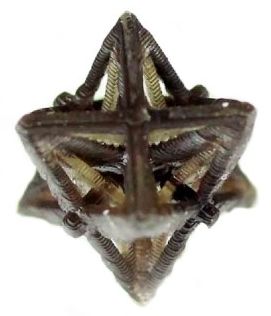
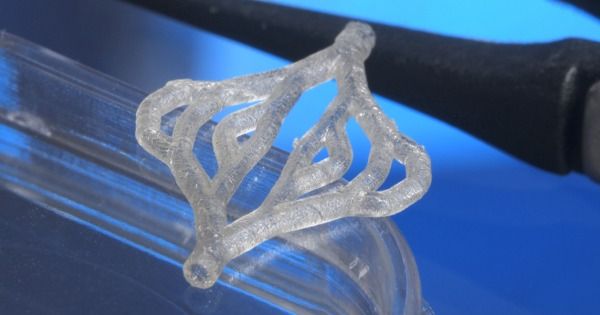
In Brief:
We have sufficiently advanced medicine to the point that artificial body parts are no longer science fiction. In fact, we may even start 3D printing organs, or have them grown in a lab. However, their artificial nature often means they won’t grow with a patient. For example, children need to undergo repeated surgeries until adulthood to replace implants they have outgrown.
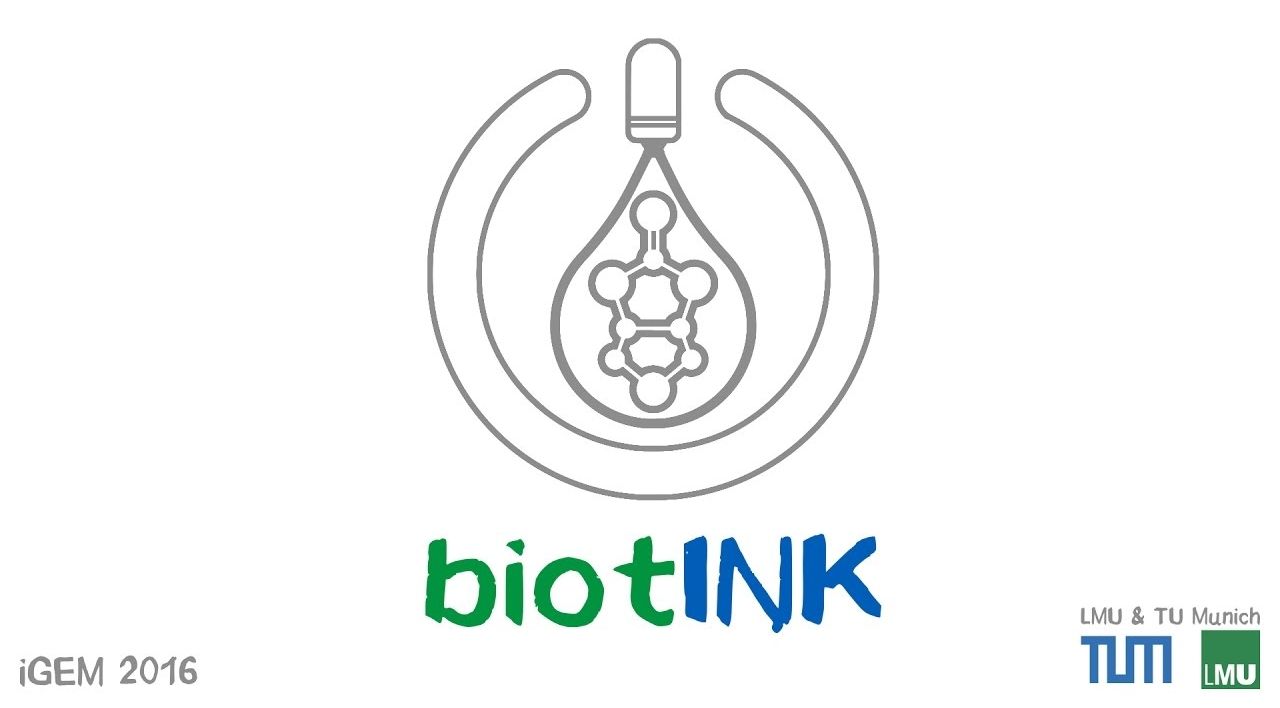
Bioprinting is becoming more sophisticated daily. Students from Munich, Germany, hacked an Ultimaker 2+ to 3D print biomaterials even more efficient. Without a doubt, the yearly iGEM challenge is one of the yearly highlights for students in the field of biology, biochemistry, and biotechnology.

If I have a very robust and sophisticated 3D/ 4D printer to make my own clothing, accessories, household furnishings plus another option in my printer/s to make dishware, household accessories, etc. Why would I ever need a Macys, Bed-Bath, etc. as well as Amazon for that matter for clothing, etc. Hmmm, and retail was already worried over Amazon and Aliexpress, etc.
We’ve followed Nervous System for two years now, with their stunning introduction of 4D printed apparel. Based in Somerville, MA, the design team has since offered numerous projects to the world, featuring their 3D printed Kinematics dress on more than one instance from the first one now permanently ensconced in MOMA to debuting their last in a Sydney Museum. And while we’ve reported on the innovation of their adaptive materials along with an overview of their construction in collaboration with Shapeways, now we are allowed to take a more comprehensive look from the present, as others look much further into the future.
Dutch TV channel NPO gave their viewers a thorough view at how the Kinematics dress is made, from the scanning process to the next step which is to choose the material and shape of the clothing, and then on to the actual 3D printing. You’ll see that the hosts are very excited about the process, and while unless you speak Dutch, you won’t understand a word, it’s easy to understand what’s going on and why everyone is so enthusiastic. The episode came about as both the Nervous System team and Shapeways came together again, and actually created a whole new Kinematic Petals Dress for the special.
 As they highlighted the world of high-tech in ‘Netherlands in 2050,’ the hosts truly did bring the dress to life as rather than just explaining what happens, they showed us, with host Rachel Rosier enjoying the process firsthand at the Shapeways’ facility in Eindhoven. Keep in mind, again, that these dresses are in demand for the permanent collections of museums.
As they highlighted the world of high-tech in ‘Netherlands in 2050,’ the hosts truly did bring the dress to life as rather than just explaining what happens, they showed us, with host Rachel Rosier enjoying the process firsthand at the Shapeways’ facility in Eindhoven. Keep in mind, again, that these dresses are in demand for the permanent collections of museums.

Society is about to take another big step into the age of space-based manufacturing.
Early next year, California-based startup Made In Space plans to launch a machine to the International Space Station (ISS) that will produce ZBLAN optical fiber.
ZBLAN has the potential to be much more efficient than the silica-based fiber currently used in the internet and telecommunications industries, but it’s tough to make here on Earth because the planet’s strong gravitational pull induces imperfections in the ZBLAN crystal lattice, Made In Space representatives said. [3D Printing: 10 Ways It Could Transform Space Travel].

The team of NASA, the American Society of Mechanical Engineering (ASME), and online educational platform Future Engineers has been a lot of fun to follow over the last year. Their collaborative 3D Printing in Space Challenges have resulted in some amazing, ingenious inventions from children as young as five years old, all aimed at improving the daily lives of astronauts now and in the future, on the International Space Station and, one day, on Mars.
The winners of the last challenge, the Think Outside the Box Challenge, were announced a few weeks ago, and now the three organizations have announced the fifth challenge in the series. This time, it’s geared directly towards a future Mars mission. The Mars Medical Challenge asks participants to create a digital 3D model of a medical or dental item that an astronaut could use on a three-year mission to Mars.
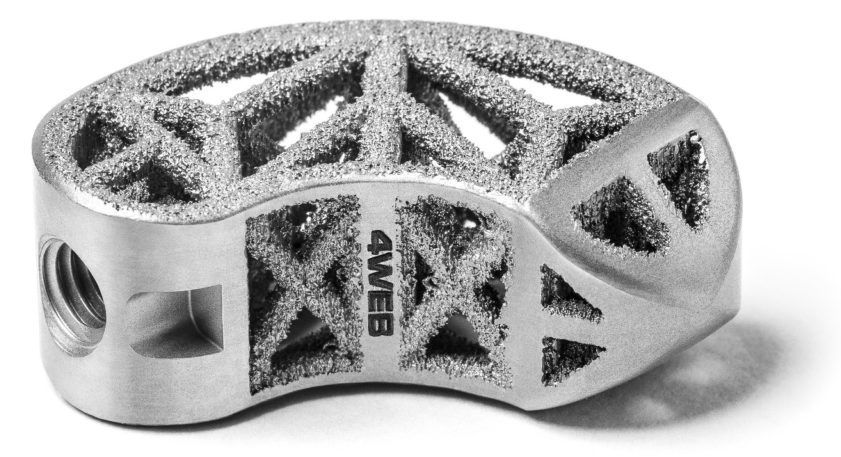
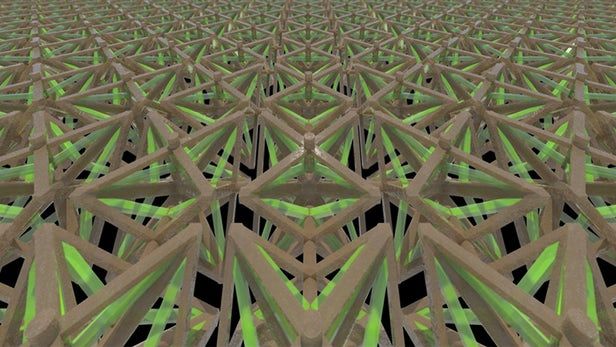
It’s one of the basic facts of science: Heat something and it expands. But a team of US scientists has gone counterintuitive and invented a 3D-printed material that shrinks when heated. Developed as part of DARPA’s program to study materials with controlled microstructure architecture, the lightweight metamaterial exhibits what the researchers call “negative thermal expansion.”
Metamaterials are one of those things that come out of the lab with an air of enchantment about them. Basically, they’re made up of composite materials, like metals, plastics, or ceramics, engineered into repeating, microscopic structures. Depending on how these structures are designed, they can give the metamaterial properties that aren’t found in nature and may not even be derived from the source materials themselves.
The study by a team from the Lawrence Livermore National Laboratory’s (LLNL) Additive Manufacturing Initiative in partnership with the University of Southern California, MIT, and the University of California, Los Angeles, used a 3D printing process called projection microstereolithograpy to form a polymer and a polymer/copper composite into a highly complex 3D bi-material microlattice structure. To put it more simply, they printed a material made of two substances to form a pattern by printing out the polymer in a layer, cleaning the surface to avoid contamination, then printing the polymer/copper composite, then repeating.

A London-based startup has combined some of today’s most disruptive technologies in a bid to change the way we’ll build the future. By retrofitting industrial robots with 3D printing guns and artificial intelligence algorithms, Ai Build has constructed machines that can see, create, and even learn from their mistakes.
When CEO and founder Daghan Cam was studying architecture, he noticed a disconnect between small-scale manufacturing and large-scale construction. “On one side we have a fully automated production pipeline,” Cam explained at a recent conference in London. “On the other side we’re completely dependent on human labor.” With the emergence of more efficient printing technologies, he thought there must be a better way.
“We wanted to push the boundaries of how intricate we could design things through computation and how we could create them through 3D printing,” Cam said.

NASA is offering $1.1 million in prize money in Phase 2 of the 3D-Printed Habitat Challenge for new ways to build houses where future space explorers can live and work.
The three-part competition asks citizen inventors to use readily available and recyclable materials for the raw material to print habitats.
Phase 2 focuses on the material technologies needed to manufacture structural components from a combination of indigenous materials and recyclables, or indigenous materials alone. NASA may use these technologies to construct shelters for future human explorers to Mars. On Earth, these same capabilities could also be used to produce affordable housing wherever it is needed or where access to conventional building materials and skills is limited.